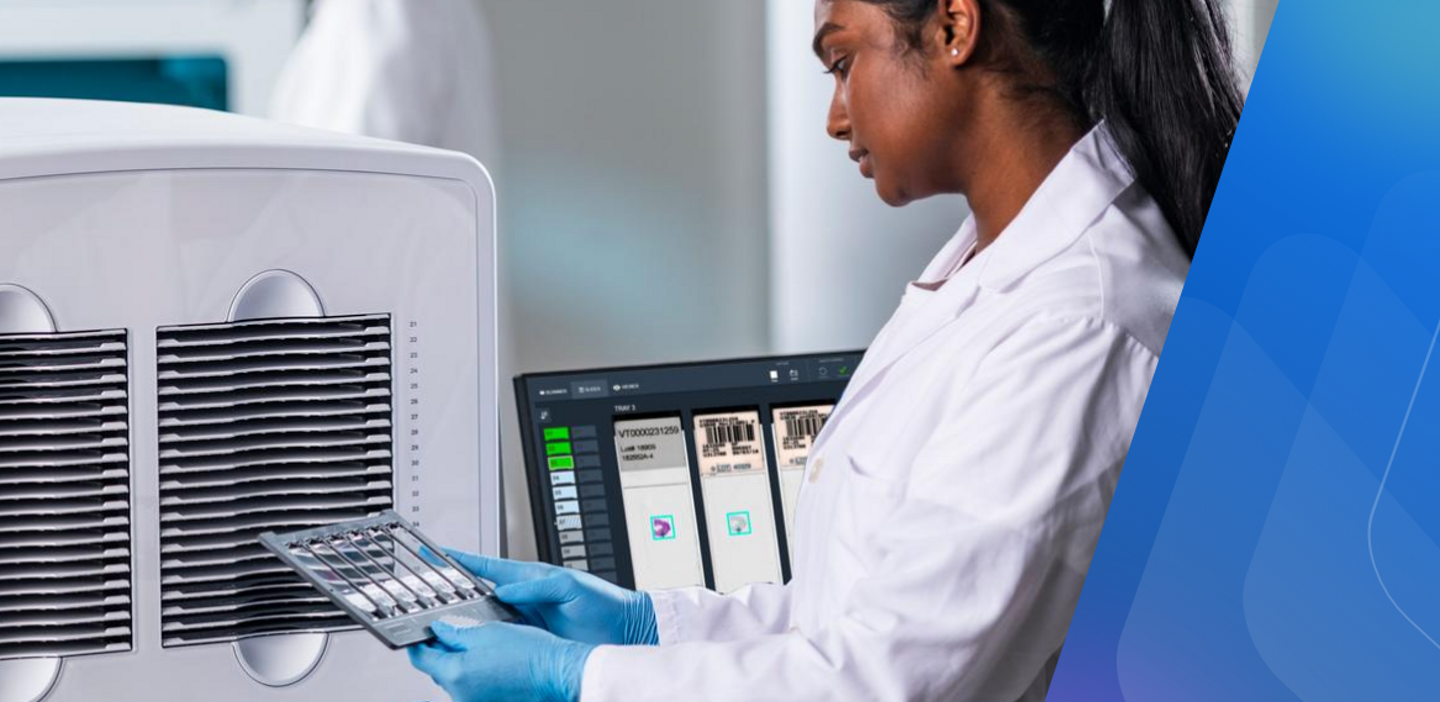First steps for firm footing
A logical place to begin is to determine which type of scanner or scanning throughput will meet your needs. If the goal is to move to full lab digitisation then look for a scanner with a whole-slide imaging that offers high-volume automation. This is a scanner capable of:
- A large field of view and high quality images
- High throughput to enable fast processing of high caseloads
- Customisable pathology workflow tools, including annotation features and multi-slide view
- Integration with a case management workflow solution to support remote diagnosis, second opinions as well as deep learning and machine learning image analysis algorithms.
There are several whole slide scanner options. But which will aid the pathologist as the ideal counterpart to (and, ultimately, replacement for) the microscope? Two factors are critical: Excellent imaging and high reliability.
A case for excellent imaging
Pathologists leading the digital revolution appreciate the distinction between a good image and an outstanding one. For those who are reluctant to leave the microscope, the image has to quickly tell them what they need to know without distracting colour fidelity issues.
Image resolution is also a key consideration when pairing low-volume scanners with high-volume scanners. To support flexible workflow management and build in redundancy, it is important to make sure the image is exactly the same from scanner to scanner. This will establish and maintain pathologist confidence in what they are seeing—regardless of the scanner they use.

